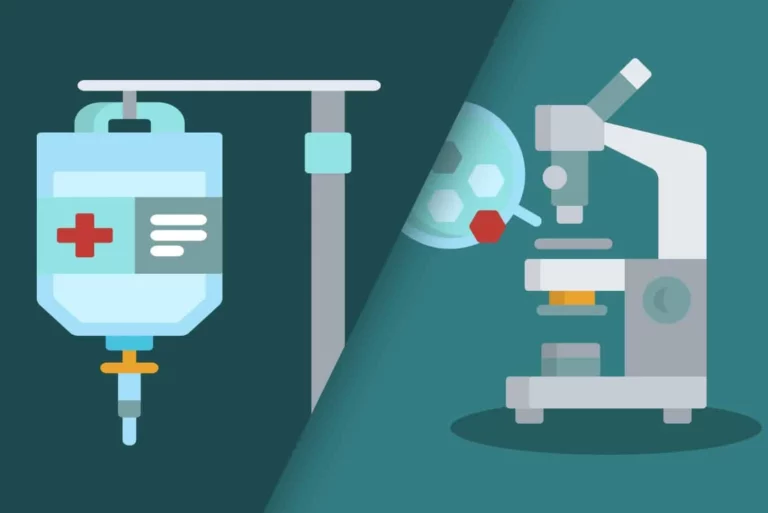Blood Disorders
Author: Rose Stella
Rose Stella
Category: Health

Blood disorders are conditions wherein there are problems with the three main components of blood. These three components are red blood cells, white blood cells, and platelets. Each component plays a vital role in our body.
Firstly, the red blood cells are responsible for transporting oxygen from the lungs to the body. Secondly, the white blood cells help fight foreign invaders such as viruses, bacteria, and germs from attacking the body. Lastly, the platelets stop and prevent bleeding.
Furthermore, blood disorders also affect the plasma, responsible for providing the nutrients, hormones, and proteins to the organs that need it.
Blood disorders prevent these main blood components from performing their specific functions, as a result of problems for the human body.
Blood Disorders affecting the Red blood cells
Anemia
Anemia is a condition wherein red blood cells are not enough to transport oxygen to other parts of the body. This can also result from low hemoglobin - an essential protein inside the red blood cells. There are many forms of anemia. Some are often symptoms of other diseases that can be life- threatening, thus consulting a doctor is necessary.
Types of anemia include:
- iron deficiency anemia
- iron-refractory iron deficiency anemia (IRIDA)
- congenital sideroblastic anemia
- megaloblastic anemia
- hemolytic anemia
- sickle cell anemia
- thalassemia
- aplastic anemia
- Fanconi anemia
Polycythemia Vera
Polycythemia Vera is a condition wherein the bone marrow makes too many red blood cells. Excessive red blood cells make the blood too thick, resulting in blood clots, stroke, or heart attack.
Blood Disorders affecting the White blood cells
Leukemia
Leukemia happens when the bone marrow produces an excessive amount of abnormal white blood cells, which don’t function properly. There are many types of leukemia, and its treatment differs depending on its type and stages. Some types of leukemia need immediate medication, while some don't.
Lymphoma
Lymphoma is cancer that develops in the lymphocytes. Hodgkin and non-Hodgkin are the two main types of Lymphoma. People with this condition commonly experience the same symptoms with other viral diseases such as cold and swelling of the lymph nodes.
Multiple Myeloma
Myeloma is a blood cancer in which cancerous plasma cells multiply in the bone marrow and crowd out healthy blood cells. The cancer cells produce abnormal proteins, which can cause organ damage. There is no cure for this condition, but there are treatments that alleviate its symptoms.
Blood Disorders affecting the Platelets
Thrombocythaemia
Thrombocythaemia is a clonal myeloproliferative disorder characterized by a persistent increase in platelet count. It is also known as primary thrombocythemia or essential thrombocytosis. The World Health Organization (WHO) categorized all myeloproliferative neoplasms as blood cancers. Although classified as cancer, people with this condition are normally well and need gentle treatments.
Thrombocytopenia
Thrombocytopenia occurs when there are too few platelets in circulation. People who have thrombocytopenia don't have enough platelets to form a blood clot. Thrombocytopenia causes excessive and difficulty in stopping the bleeding during a cut or injury. This condition can affect all people regardless of age, race, and gender but commonly happens 5% of pregnant women before childbirth.













